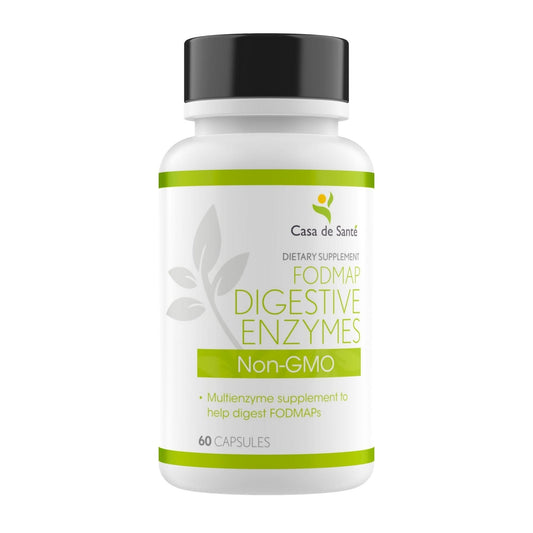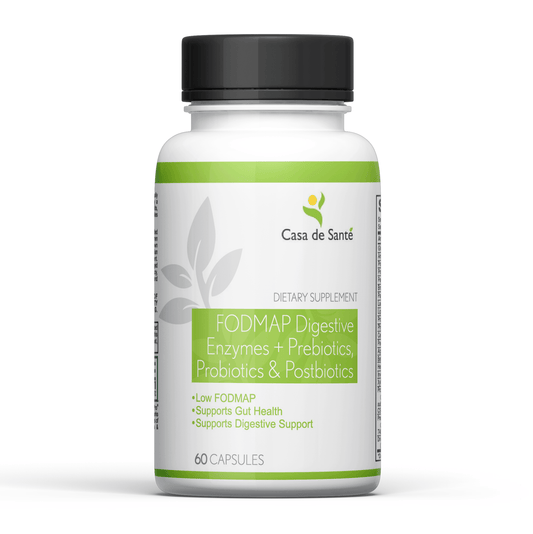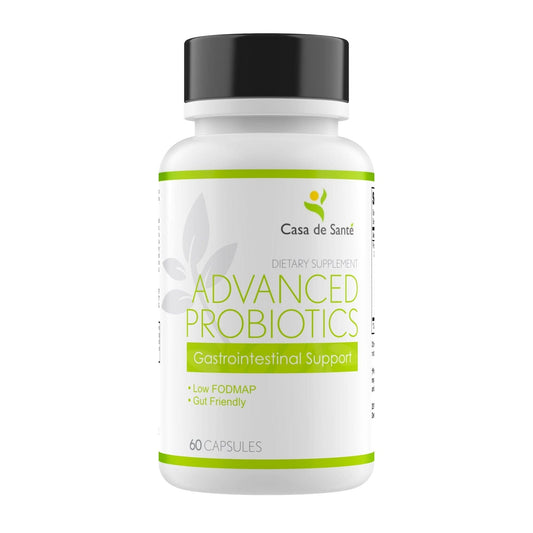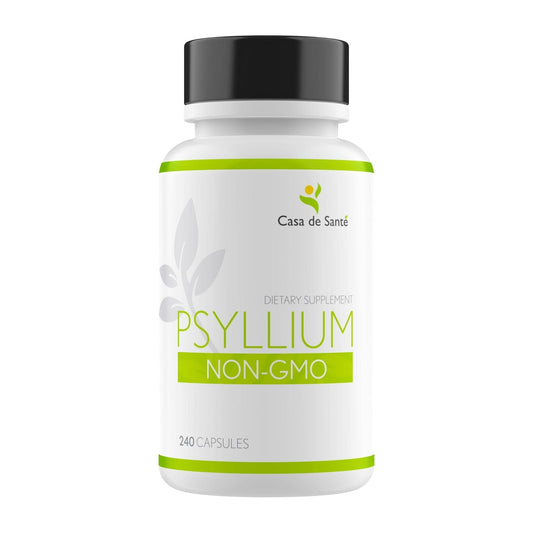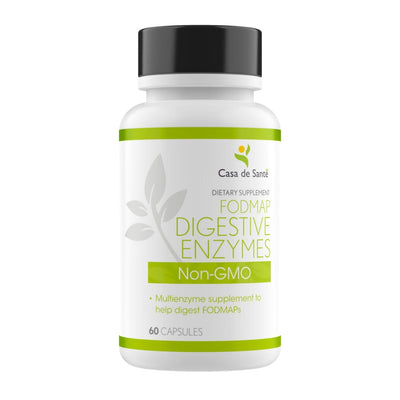The Ultimate Guide to Amylase Powder: Benefits, Uses, and Applications
The Ultimate Guide to Amylase Powder: Benefits, Uses, and Applications
Amylase powder might not be a household name, but this powerful enzyme plays a crucial role in numerous industries and offers remarkable benefits for health and digestion. From breaking down complex starches in our food to revolutionizing industrial processes, amylase deserves more recognition for its versatile applications. This comprehensive guide explores everything you need to know about amylase powder—what it is, how it works, and the many ways it can be utilized in both everyday life and specialized settings.
What is Amylase Powder?
Amylase is an enzyme that catalyzes the breakdown of starch into sugars. In powder form, it's a concentrated version of this enzyme, making it easy to store, transport, and incorporate into various applications. The powder typically appears as a fine, off-white to light tan substance with a slightly sweet smell, reflecting its role in carbohydrate processing.
This remarkable enzyme occurs naturally in human saliva, pancreatic secretions, and certain plants and microorganisms. When manufactured as a powder, amylase is typically derived from fungal or bacterial sources through fermentation processes, creating a stable product that maintains its enzymatic activity until activated by moisture and appropriate temperature conditions.
Types of Amylase
There are several distinct types of amylase, each with unique properties and applications. Alpha-amylase breaks down long-chain carbohydrates at random points, quickly reducing starch viscosity. Beta-amylase works from the non-reducing end of starch chains, producing maltose units. Glucoamylase (also called gamma-amylase) converts starch completely to glucose by cleaving both straight-chain and branched portions of starch molecules.
Different industries often require specific types of amylase depending on the desired end products and processing conditions. For instance, brewing typically utilizes beta-amylase for its ability to produce fermentable sugars, while textile processing might favor alpha-amylase for its rapid viscosity reduction properties.
How Amylase Works
At its core, amylase functions through hydrolysis—a chemical process that uses water to break chemical bonds. When amylase encounters starch molecules, it cleaves the glycosidic bonds that hold together the glucose units making up the starch. This process effectively transforms complex, indigestible carbohydrates into simpler sugars that can be more easily absorbed and utilized by the body or manipulated in industrial processes.
The efficiency of amylase is influenced by several factors, including temperature, pH level, and the presence of cofactors or inhibitors. Most commercial amylase powders are formulated to work optimally within specific ranges of these conditions, making them suitable for particular applications while potentially limiting their usefulness in others.
Health Benefits of Amylase
The digestive benefits of amylase extend far beyond basic starch breakdown. This enzyme plays a fundamental role in our digestive system, beginning its work the moment food enters our mouths. Without sufficient amylase, many people experience digestive discomfort, bloating, and inefficient nutrient absorption from carbohydrate-rich foods.
Digestive Support
Supplemental amylase powder can be particularly beneficial for individuals with compromised digestive function. By pre-digesting complex carbohydrates, amylase supplements reduce the workload on the digestive system and help prevent the fermentation of undigested starches in the intestines—a common cause of gas and bloating. This makes amylase supplements popular among people with various digestive sensitivities or those recovering from gastrointestinal illnesses.
Many digestive enzyme supplements combine amylase with other enzymes like protease (for protein digestion) and lipase (for fat digestion) to provide comprehensive digestive support. This multi-enzyme approach mimics the body's natural digestive processes and can significantly improve overall digestive comfort and efficiency.
Blood Sugar Management
Interestingly, while amylase breaks down starches into sugars, some research suggests that supplemental digestive enzymes may help with blood sugar management. The theory is that by promoting more complete digestion in the upper digestive tract, less undigested starch reaches the intestines where it might cause more dramatic blood sugar fluctuations. However, individuals with diabetes or other blood sugar concerns should consult healthcare providers before using amylase supplements, as individual responses can vary significantly.
Anti-Inflammatory Properties
Some studies have explored the potential anti-inflammatory effects of systemic enzyme therapy, which may include amylase among other enzymes. While research is still emerging, there's interest in how these enzymes might help modulate immune responses and reduce inflammation throughout the body. This could have implications for conditions ranging from sports injuries to chronic inflammatory disorders, though more clinical evidence is needed before definitive claims can be made.
Culinary Applications
The food industry has embraced amylase powder for its ability to transform textures, enhance flavors, and improve processing efficiency. From artisanal bakeries to large-scale food manufacturing, this enzyme has become an indispensable tool in the culinary world.
Baking Enhancements
In baking, amylase powder serves multiple functions that significantly improve both process and product. By breaking down starches in flour, it releases sugars that feed yeast, resulting in better fermentation, improved dough rise, and enhanced browning of crusts. This leads to breads with better volume, texture, and shelf life. Many commercial bread improvers contain amylase for precisely these reasons.
Amylase also contributes to moisture retention in baked goods, helping products stay fresher longer. This is particularly valuable for commercial bakeries where extended shelf life translates directly to reduced waste and increased profitability. Home bakers experimenting with amylase often notice that their breads remain soft and palatable for days longer than traditional recipes.
Brewing and Fermentation
The brewing industry relies heavily on amylase for converting grain starches into fermentable sugars. While malted grains naturally contain amylase, additional enzyme powder is often added to improve efficiency and consistency, especially when using adjunct grains with lower enzymatic activity. This application of amylase directly influences the alcohol content, body, and flavor profile of the finished beer.
Beyond beer, amylase plays important roles in wine production, sake brewing, and various fermented foods. In each case, the enzyme's ability to generate simple sugars from complex carbohydrates creates the foundation for fermentation processes that yield distinctive flavors and preservation benefits.
Industrial Applications
Beyond food and health, amylase powder has revolutionized numerous industrial processes, offering more efficient, cost-effective, and environmentally friendly alternatives to traditional chemical methods. These applications showcase the versatility of enzyme technology in solving complex industrial challenges.
Textile Processing
The textile industry employs amylase powder extensively for desizing fabrics—removing the starch-based sizing agents applied to yarns before weaving. This enzymatic approach is gentler on fabrics than harsh chemical alternatives, preserving fiber integrity while effectively preparing textiles for dyeing and finishing processes. The precision of enzyme activity also allows for more controlled processing and consistent results.
Additionally, amylase treatments can improve the softness and appearance of certain fabrics, enhancing their commercial value and consumer appeal. As the textile industry faces increasing pressure to adopt more sustainable practices, enzyme-based processes like those utilizing amylase represent an important step toward reducing environmental impact.
Paper Manufacturing
In paper production, amylase powder helps modify starch properties for improved paper coating and sizing. The enzyme creates precisely tailored starch products that enhance paper strength, printability, and surface characteristics. This enzymatic approach offers paper manufacturers greater control over product specifications while potentially reducing chemical usage and processing energy requirements.
The biofilm-removing properties of amylase also make it valuable for cleaning paper manufacturing equipment, helping maintain operational efficiency without resorting to more aggressive chemical cleaners that might damage machinery or create hazardous waste streams.
Biofuel Production
The renewable energy sector has embraced amylase as a critical component in ethanol production from starchy feedstocks like corn and wheat. By efficiently converting these starches to fermentable sugars, amylase helps maximize ethanol yield while minimizing processing time and energy inputs. This enzymatic approach has helped make biofuel production more economically viable and environmentally sustainable.
Ongoing research continues to explore how engineered amylases might further improve biofuel production efficiency, particularly for converting more challenging feedstocks like agricultural waste into usable energy sources. These developments could play an important role in expanding renewable energy options and reducing dependence on fossil fuels.
Practical Considerations for Using Amylase Powder
Whether you're considering amylase for personal health, culinary experiments, or industrial applications, understanding some practical aspects of working with this enzyme will help you achieve optimal results while avoiding common pitfalls.
Storage and Handling
Enzyme activity is highly sensitive to environmental conditions, making proper storage essential for maintaining amylase powder efficacy. Most commercial amylase products should be stored in cool, dry conditions away from direct sunlight. Once opened, containers should be tightly sealed to prevent moisture absorption, which can trigger premature enzyme activity and degradation.
When handling amylase powder, it's advisable to avoid creating dust that might be inhaled, as enzyme proteins can be allergenic for some individuals. Simple precautions like wearing gloves and working in well-ventilated areas minimize potential sensitization risks while protecting the product from contamination.
Dosage and Application
Finding the right amount of amylase for a specific application often requires some experimentation. For dietary supplements, following manufacturer guidelines is essential, as formulations vary significantly in potency and composition. In food applications, starting with small amounts and adjusting based on observed results helps prevent over-processing while achieving desired effects.
Remember that enzyme activity is influenced by temperature, pH, and substrate concentration. Most amylase powders come with technical specifications indicating optimal working conditions. Straying too far from these parameters can dramatically reduce effectiveness or produce unexpected results, so understanding your specific product's characteristics is crucial for successful applications.
Conclusion
Amylase powder represents one of nature's most versatile tools, adapted by human ingenuity to solve problems ranging from personal digestive discomfort to global-scale industrial challenges. Its ability to transform complex carbohydrates into simpler, more usable forms has applications that touch countless aspects of modern life—often working quietly behind the scenes.
Whether you're exploring amylase for health benefits, culinary innovation, or industrial applications, understanding this remarkable enzyme's properties and potential opens doors to more efficient, effective processes. As research continues to uncover new applications and refine existing ones, amylase powder will likely remain an essential component in our enzymatic toolkit, helping us harness natural processes for human benefit.



